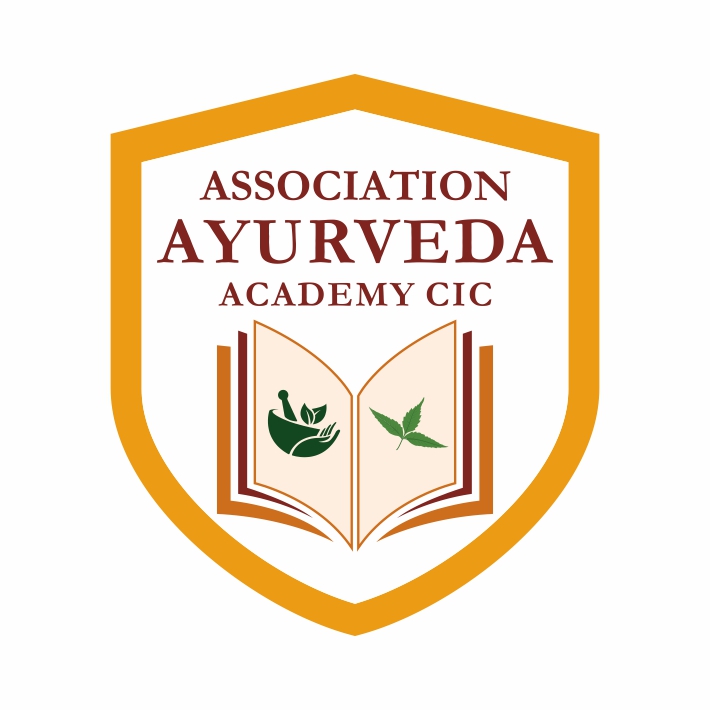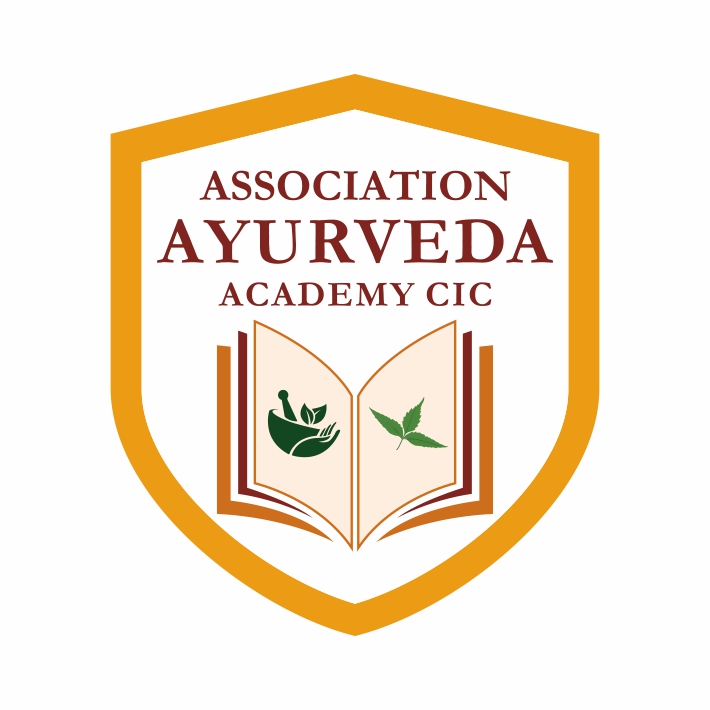Institutional Ayurveda Conference IAC 2025
- April 5, 2025
- aaaukadmin
- 0
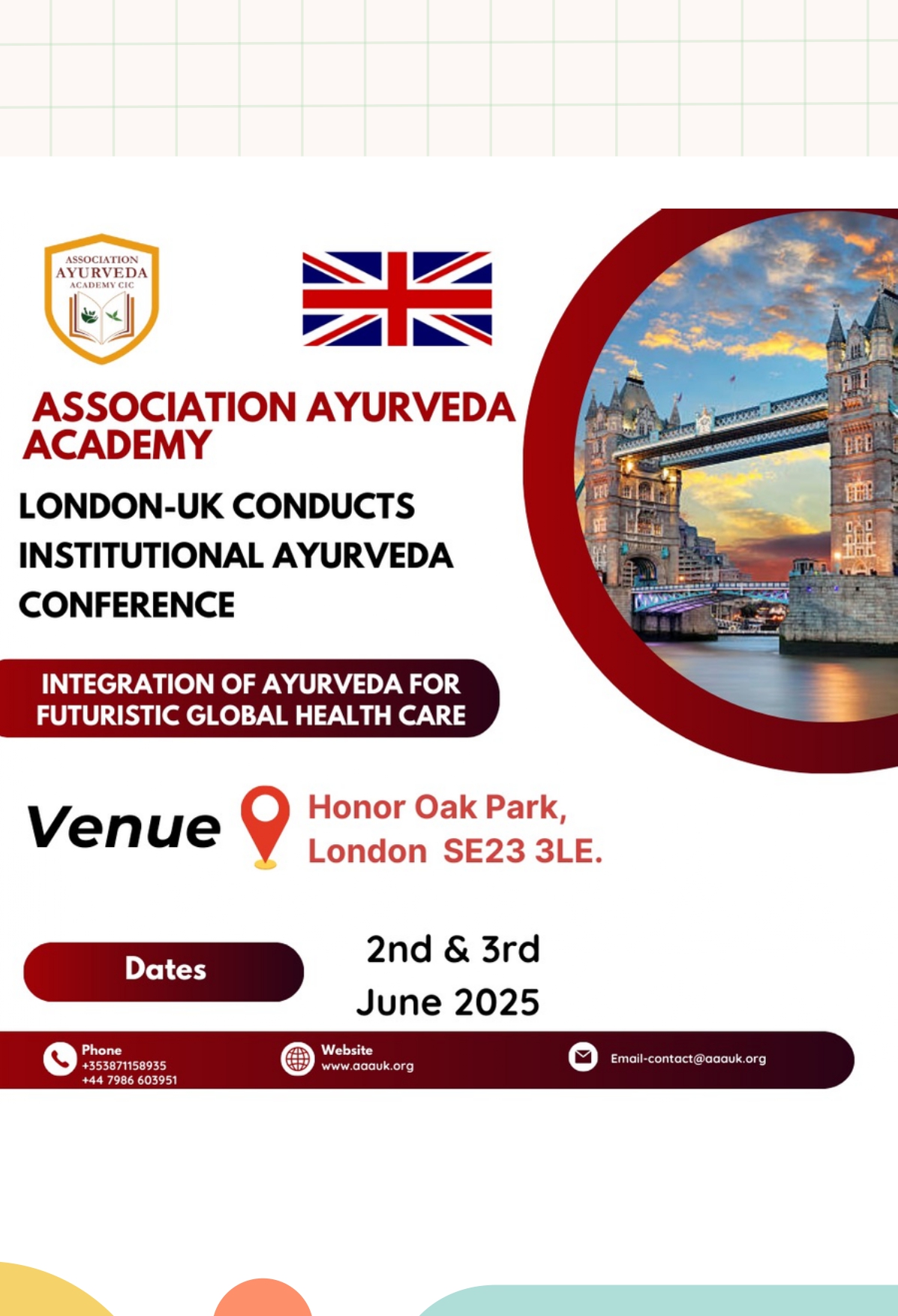
The Association Ayurveda Academy in London, UK, is hosting a unique conference aimed at enhancing the confidence of AYUSH students as speakers alongside experienced lecturers and professors with years of international expertise. We invite Ayurveda institutions from India and abroad to join us in sharing knowledge.
Theme of the Conference-
Integration of Ayurveda for futuristic global health care
Fees:
Students: £50 for 2 days
Other Speakers-: £100 for two days
Daily pass Registration 25 GBP.
For more details, please contact us at contact@aaauk.org.
00447424136316
00353871158935
Venue:
MLVB
One Tree Hill
Honor Oak Park
London SE23 3LE
Speakers and Abstract
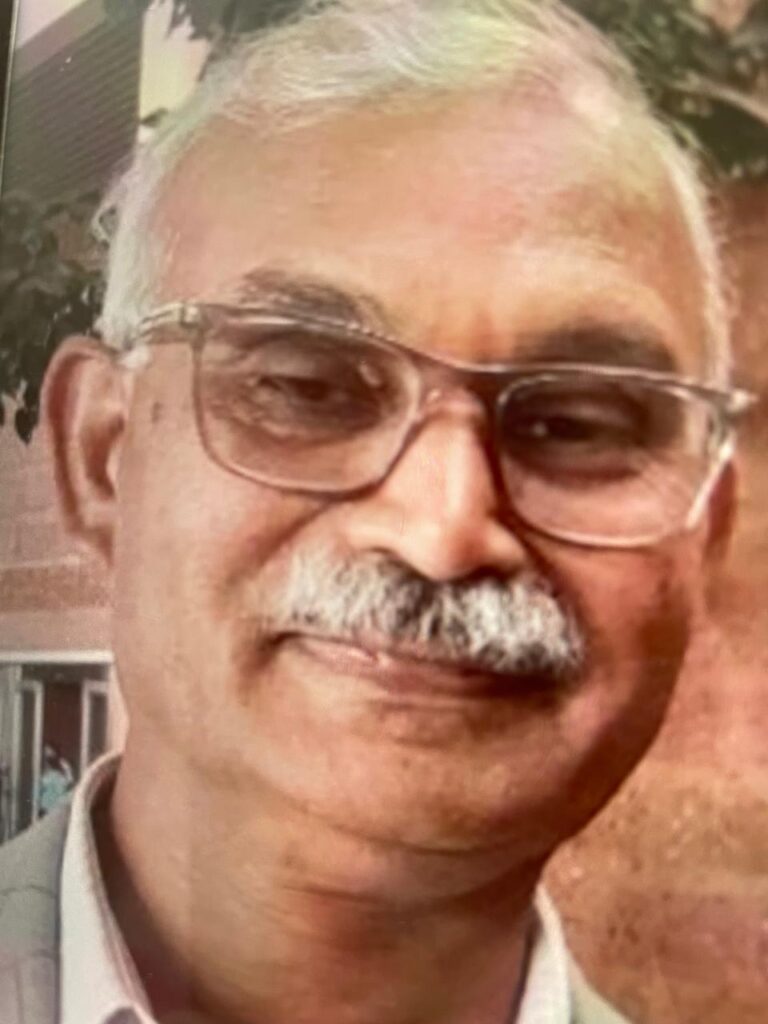
Prof. PK Prajapati Vice-Chancellor
Current position:
o Managing Director I/C IMPCL
o Professor & Head – Dept. of Rasashastra&Bhaishajya Kalpana,
All India Institute of Ayurveda (AIIA), Sarita Vihar, New Delhi
Former:
o Director I/c, All India Institute of Ayurgveda, New Delhi
o Dean, All India Institute of Ayurgveda, New Delhi
o Director of Institute for Post Graduate Teaching & Research in Ayurveda,
Gujarat Ayurved University, Jamnagar NACC “A” grade
o I/C Director Pharmacy, Gujarat Ayurved University, Jamnagar 361 008 till
31.03.2015
Experience:
Teaching & Research:
Having 24 years of experience in teaching PG/PhD at top most institutes of Ayurveda i.e.
IMS, Banaras Hindu University, Varanasi; (3.5 yrs.) National Institute of Ayurveda, Jaipur;(5.2
yrs.) and IPGT & RA, Jamnagar ;(13.3 yrs.), AIIA, New Delhi;(3.5yrs, )
Awards
1. Nagarjuna silver medal 1994 – 96 for the best MD thesis from BHU, Varanasi.
2. Best paper for publication in ‘’Indian Drugs’’ in phytochemistry and natural products.
3. Teacher’s Excellence Award for Number of Research papers published by CEE.
4. Rasaacharya Award by Sri BaidyanathAyurved Bhavan, Nagpur
5. IASTAM RasavaidyaNagindas Shah Award – 2017 for the subject of Rasashastra.’
6. Honoured as “Pranacharya” by Indraprasthiya Vaidya Sabha – 2017, Dhanwantari
Bhawan, New Delhi
7. Honoured with Devashram Dhanwantari Bharat Gaurav Award, 2017 at Varanasi
Pharmaceutical:
More than 24 years of experience in handling commercial and laboratory level of
manufacturing in different Ayurvedic dosage forms.
Administrative
Managing Director I/c, IMPCL Mohan, Almora
Director I/c AIIA New Delhi
Head of Department at AIIA since September 2016 – till date i.e. 3.5 years
Director, IPGT & RA, Gujarat Ayurveda University ,Jamnagar ( 1.6 yrs.)
Dean, All India Institute of Ayurveda, New Delhi ( 2016-2018 )
Served as Manager of the Pharmacy, NIA, Jaipur for 01 years
Head of Department at IPGT & RA since August 2003–April 2015 i.e. 11.8years
Director I/C of Pharmacy, Gujarat Ayurved University -August 2004 to 31st March 2015
Research Projects: Completed:
A.P.C. – 03 [Evolved Standard Operating Procedure of manufacturing process, Pharmacopoeial
Standards and Shelf Life of Ayurveda.]
Institutional 02 [1- Naga Bhasma: Safety and Efficacy,
2- Systemic review of Bronchial Asthma]
No of Ph.D (Ay.) & Ayurvedic Pharmaceutical Sciences — 24
No of MD (Ay.) & M Pharm (Ayu.) —— — 63
Publications:
Books published :03 (as co-author)
Monographs published :03 (Monograph on PunarnavadiMandura)
Papers published :More than 370 (in 20 peer reviewed&Index Journals)
(Annexure I)
Visiting professor — AIIMS Rishikesh and IIT Hospital New Delhi
Guest lectures:
National: More than50 (across Mumbai, Jaipur, Jodhpur, Jalandhar, Pune, Nashik,
Ahmedabad, Delhi, Koppa, Ludhiana & Jamnagar)
International: Guest speaker in ‘Ayurveda International Conference’ organized by
Human Service Trust, at Mauritius, 2011, Italy&SriLanka in 2015,
Poland in 2017
No. of Conferences/Seminars/Symposia/Workshops attended: More than 200
Other official memberships:
1. Acted as Chairman & Co- chairman in various seminars / workshops.
2. Life membership of Indian Science congress & All India Ayurvedic Teachers Association.
3. Member of AyurvedicPharmacopoeial Committee – Sub Committee / Formulations, Dept.
of AYUSH, Ministry of Health & FW, New Delhi.
4. Referee of Various Research Journals (AYU, IJTK, JRAS, IJAM, JREIM etc.).
5. Awarded with Prasashti Patra for good services: Shweta deep parmarthica Sansathana
Nimbarkapuram and byAyurvedic welfare association Rajasthan.
6. Member of Central Administration Committee for MD/ M. Pharma &Ph.D of Gujarat
AyurvedUnivesity Jamnagar
7. Chairman of Technical Research Committee (TRC)
8. Faculty member of Rajasthan Ayurved University – Jodhpur.
9. Member of Selection Committee for Teaching Faculties of RS & BK for BHU, NIA,
Chaudhary Bhramaprakash Ayurvedic Sansthan, UPPSC – Allahabad, Gujarat Ayurved
University – Jamnagar.
10. Public Information Officer of IPGT & RA.
11. Member of Governing Body & Scientific Advisory of CCRAS, New Delhi
12. Member of IEC, All India Institute of Ayurveda, New Delhi
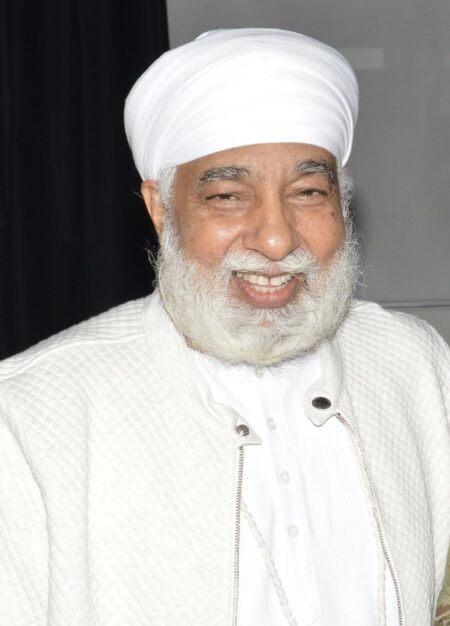
Amarjeet S Bhamra
Secretariat All Party Parliamentary Group Indian Traditional Sciences-UK
Topic: Globalization of Ayurveda
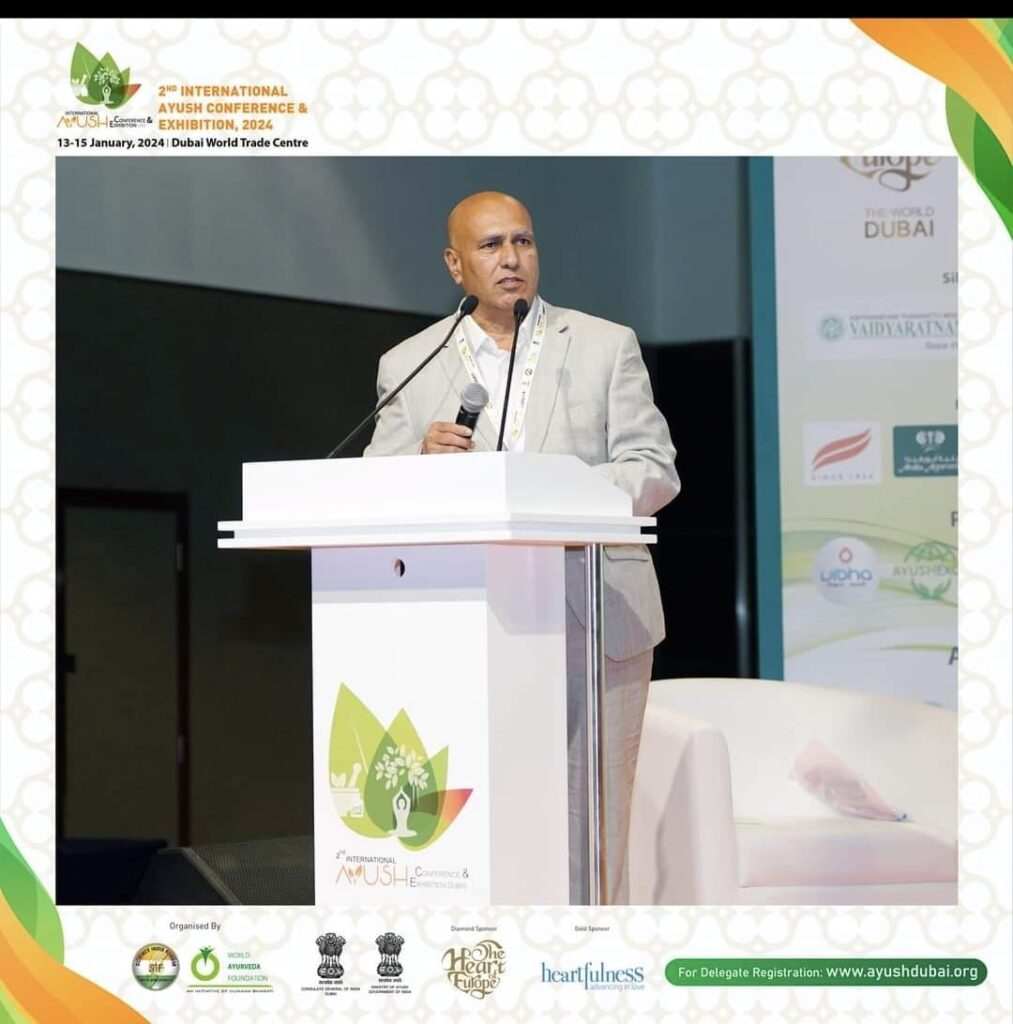
Dr.Venkata Narayana joshi
Integration of Ayurveda for Futuristic Global Health Care
‘Mind Health Restoration in Ayurveda through Gut Liver Brain axis’
Abstract
Global vison of health care should aim at the point of merging with all possible so called alternative and complementary systems along with their traditional approaches in to the existing conventional wisdom. Mind health is among the most significant area for proper integration through which the prevention of anxiety depressive related conditions triggering to many health dysfunctions including non- communicable diseases and or life style disorders. Statistics globally reveal the significant amount of one or the other kind of mental health issues relatively to one in five suffering in so called a healthy society.
Methods and means for achieving mental health should be aimed at the possible simplicity in categorising the criteria according to the individual constraints of constitutional to generalised approaches with the dietary lifestyle management and the application of non-invasive protocols of treatments as prescribed by the ancient traditional wisdom or health and wellness through in Ayurveda. Bridging the gaps with the cutting-edge guidelines of
inclusiveness through proper assessment based on scriptural grades of mind negativity describes from 09 mental to verbal five and also bodily deciphering languages in priority.
Such interventions from our ancient systems should be discussed along with the modes of integration as required from time to time in response to prevention, alleviation, restoration and for the quality-of-life reinstation.
Venkata Narayana joshi
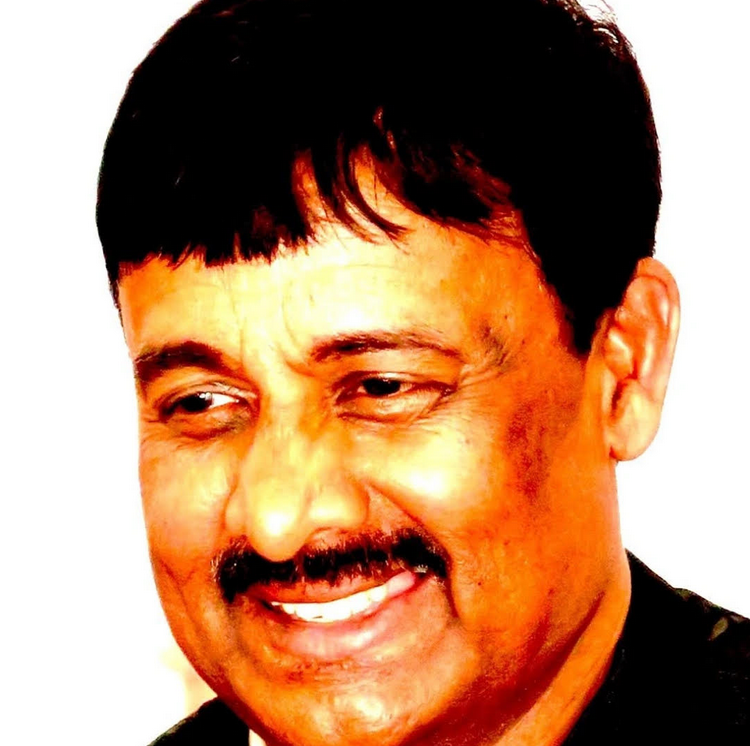
Professor Dr.Sureshswarnapuri M.D
In Ayurveda, the power of the mind is considered crucial for overall health and well-being. The ancient Indian system of medicine emphasizes the connection between the mind, body, and spirit, recognizing that mental health plays a significant role in physical health.
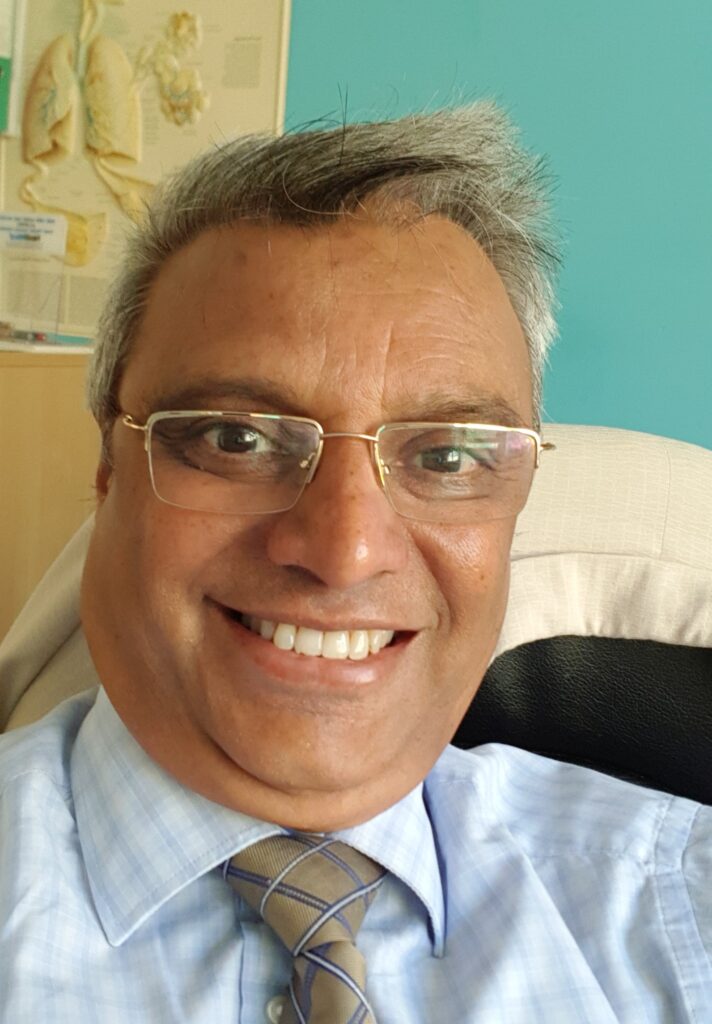
Dr Milind Jani
Dr Milind Jani will highlight his practical clinical application if
Ayurvedic medicine with Panchakarma, working with his wife Dr Asmita Jani, BSAM, Jamnagar, who established the first authentic Ayurvedic and Panchakarma Clinic in Brighton , UK in 1987. He will highlight his thoughts on the current essentials for the wider future integration and acceptance of Ayurveda in the mainstream Western healthcare
framework.
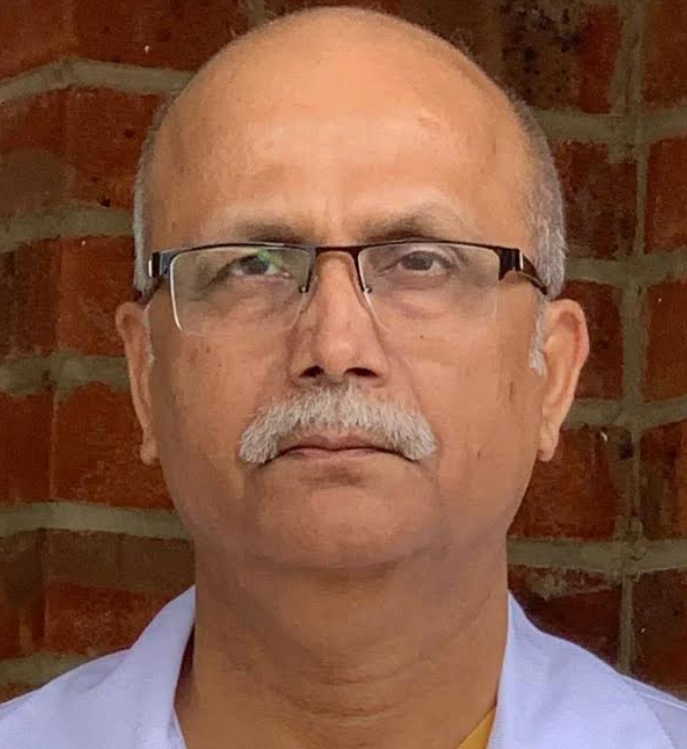
Nandu koregaonkar
Classical Ayurveda is based on Tridoshas (three cardinal humours – Kapha, Vata and Pitta). Maintaining the balance of the Tridoshas in the body results in health, while vitiation of one or more of the Doshas results in imbalance called Vyadhi (disease).
Tridoshas are derived from five universal elements called Panchamahabhutas (Panch = five, Maha = great, Bhuta = principles). The principles are Prithvi – Matter, Aap – Water, Tej – Fire, Vayu – Air and Akash – Space.
The balance of Panchamahabhutas in the body results in health, while their imbalance leads to disease. It is a deeper and sutler form of targeted treatment. Since it eliminates the root cause of the disease at a more elemental level, rather than its symptoms, its effectiveness has been proven with miraculous results.
This specialisation in Ayurveda was re-learnt and further researched by “Brihattrayiratna* Vaidyaraj Atmaram Waman Datarshastri”. Along with his huge lineage of student Vaidyas^, he established the “Vaidyaraj Datar Panchabhautik Chikitsa & Samshodhan Kendra” (an education and research centre) at Sangli, a small town in the State of Maharashtra India.
This form of Ayurvedic treatment has helped the poor and working class, who can rarely afford an expensive Panchakarma Treatment.
Datarshastri also developed a unique set of simple herbal formulations making them more effective and potent, resulting in reduction of dosages and costs.
My talk is based on this Panchabhautik Vichar (understanding) and Hridroga Chikitsa (treatment)

Dr. Md. Babul Akter
Ayurvedic Unique Medication on Male Infertility- A Case Study
Md. Babul Akter*, Prof. Kamrun Nahar Paulin, Md. Masum Billah
Abstract
Infertility is one of the major reproductive health problems affecting not only individuals but also mental and social well-being of the whole family. Primary infertility refers to inability to conceive within two years of regular unprotected sexual exposure and secondary infertility refers to the inability to conceive following a previous pregnancy. For men, poor quality and quantity of spermatozoa in the semen is one of the predominant causes of male infertility. Ayurveda explains infertility as Vandhyatwa. Infertility is co-related to klaibya/ED/impotency and factors associated with Bandhyatwa are abnormalities of Structural and functional impairment of Sperm (Charak-Chi 30).
In this case study we enrolled five men in different ages who was desiring to conceive for more than 3 years of married life having unprotected sexual intercourse, and seeking Ayurvedic treatment, diet, regimen and life style. Routine investigations of these patients and their partners were normal except male partner’s semen analysis revealed abnormal result.
We adopted Ayurvedic principles such as psychological counseling and post sexual position, and medications; Rasayana (Rejuvinative), Pathya-Apathya (Diet & regimen) which are most important for healthy semen and conception. All five female partners appeared conceived within one year
Key words: Infertility, Ayurveda, Regimen, Diet, Lifestyle
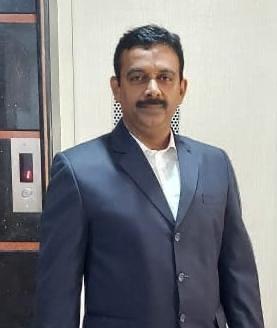
Dr.Sreedhar Akkapalli.BAMS.MD
Abstract:
Obesity in Ayurveda
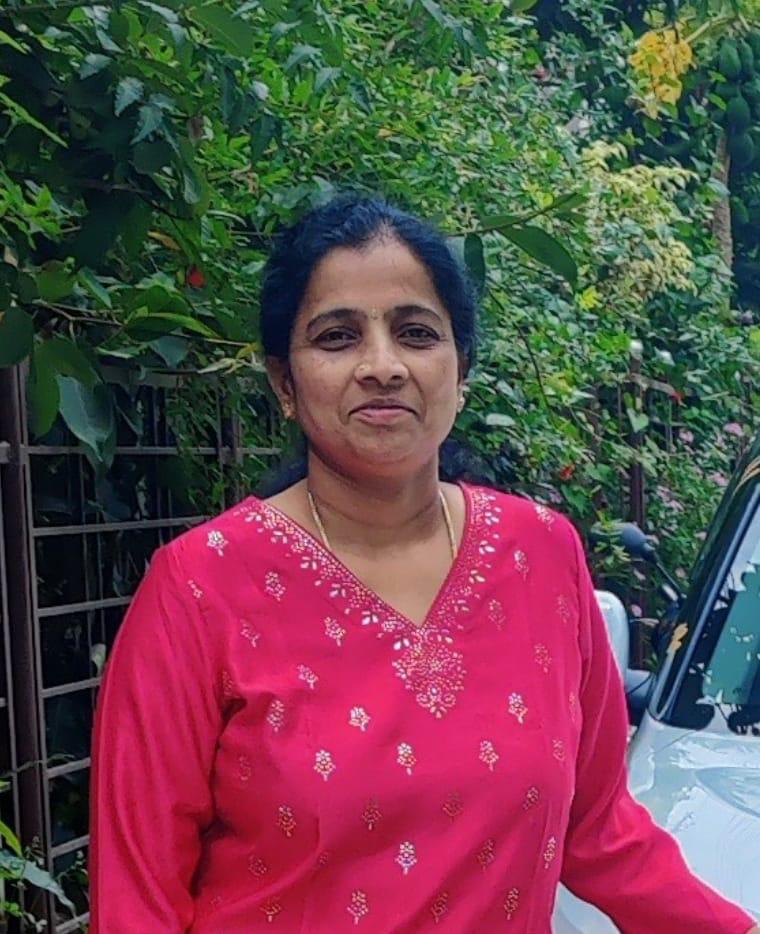
Dr.Anuradha Akkapalli.-BAMS.MD.
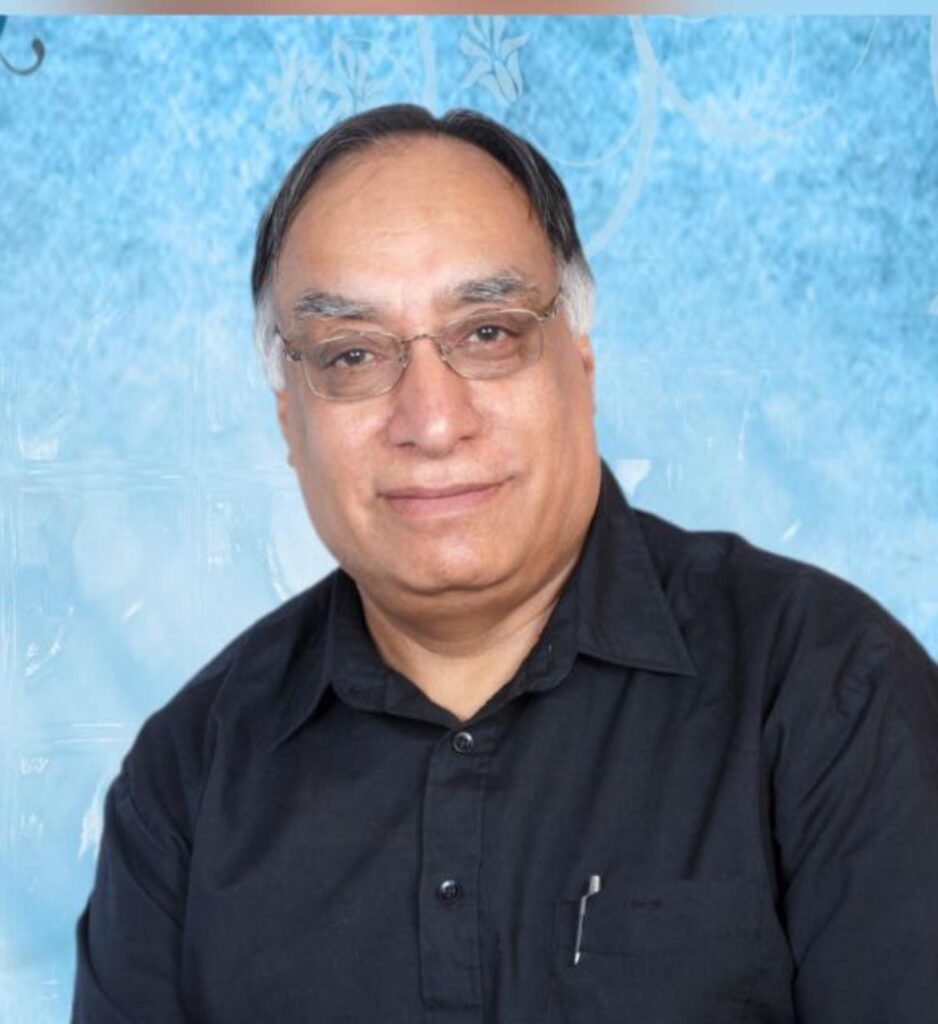
Dr.Avtar Singh
Modern approach for chronic diseases treatments with Ayurveda.
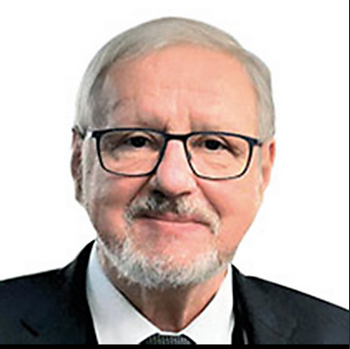
Thomas pfeiffer
As a long-standing practitioner in the use of prana for health interventions, I would like to inform you about the opportunity to present TCIM fields, including traditional disciplines such
as Ayurveda, at the World Health Congress 2025 Prague, which will take place from October 3–5. Our aim is to connect the wisdom of our ancestors with modern healthcare. At the same
time, I will be delighted to update the participants of your conference about the current developments in health policy.
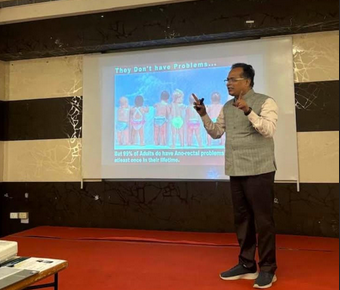
Dr Bhaskar Rao
LEECH THERAPY A NON INVASIVE MICRO SURGICAL APPROACH IN THE MANAGEMENT OF CHRONIC RECURRENT DISEASES – A SCIENTIFIC OVERVIEW
By – DR. M BHASKAR RAO
RETP. PROFESSOR & VICE PRINCIPLE GURU – CRAV – MINISTRY OF AYUSH – GOVT. OF INDIA – NEW DELHI TRAINED IN THE UNIVERSITY OF NEW SOUTH WALES – SYDNEY, AUSTRALIA
Leech therapy a parasurgical procedure, an integrative treatment procedure in which blood is withdrawn through it’s micro suction through the deeper tissue.
Leaches remove the blood from the host and at the same time certain biochemical enzymes will be released to counter the existing pathology, this ancient technique was advocated by SUSHRUTA (800 BC) in various chronic, incurable and recurrent diseases like – TAO (BUERGER’S DISEASE), VENOUS ULCER, DIABETIC FOOT, ECZEMA, VARICOSE VEIN, VARICOCELE & OTHERS. This FDA (USA) approved procedure is well practiced by vascular surgeons in Angina, plastic surgeon in post grafting skin zones and cardiologist in various congestive cardiac disorder too.
Here an attempt is made to collect the data of leech therapy fot more than 3 decades with a scientific overview on the above disorders.
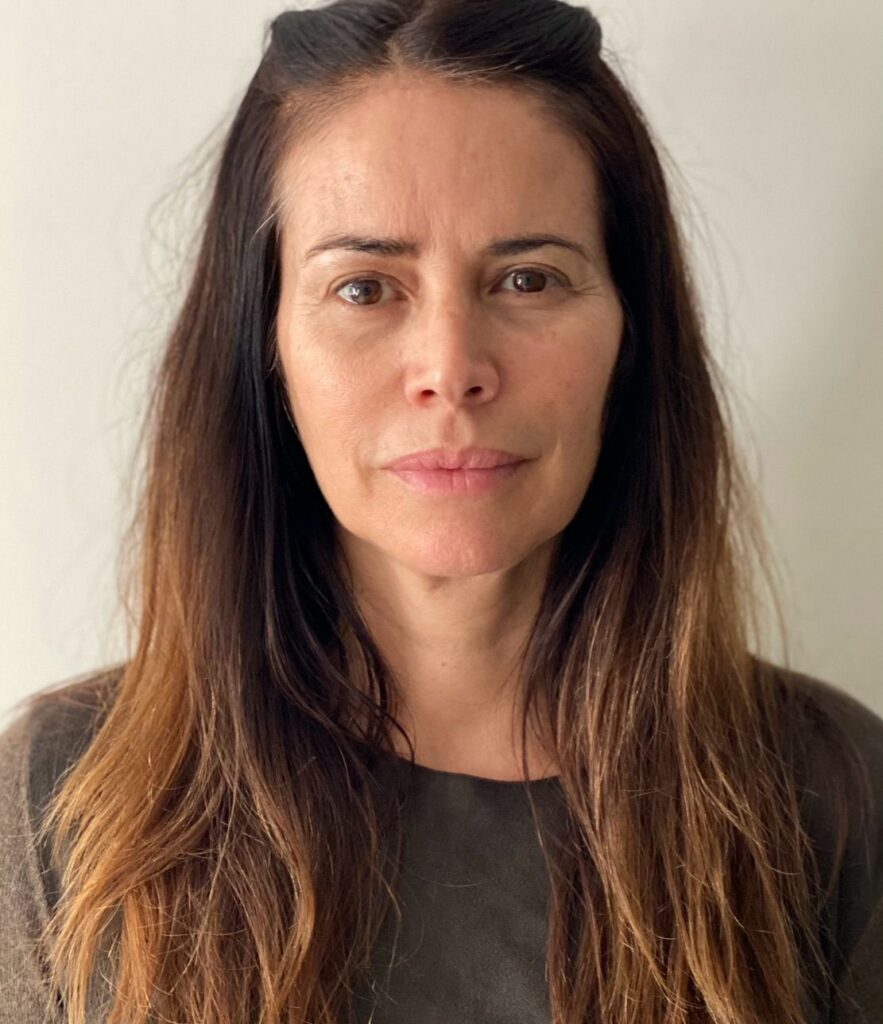
Carolina tong
Managment of Anxiety with Ayurveda and Pranayama
Abstract:
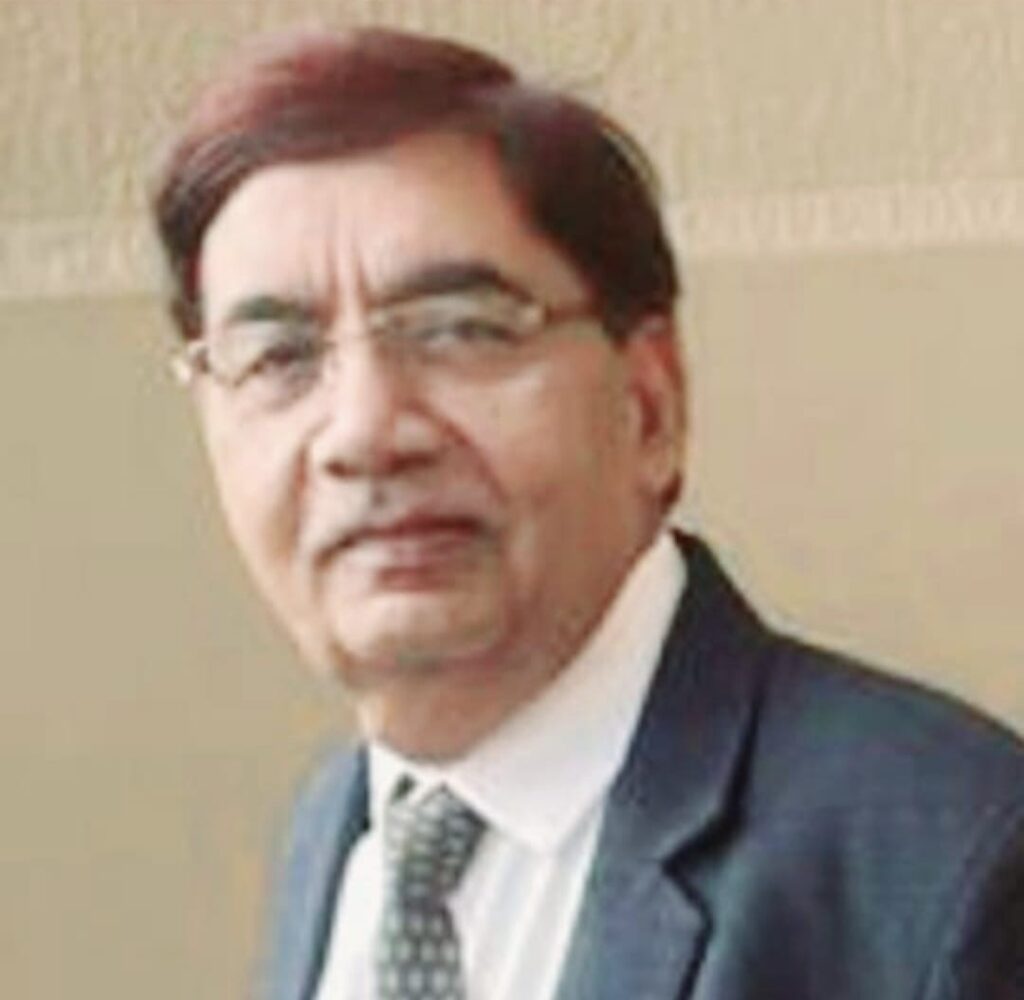
Kuldeep pandey
Abstract-
which is playing a better role since last few decades. Patients suffering from the disease
which detoriates not only multiple functions of body systems but also affects the quality of life of the patients.
Terminally ill patients specially requiring palliative care suffering with many common disorders either because of the progression of disease itself or induced by the treatment modalities given to the patients. Physical symptoms other than pain often contribute to sufferings near to the end of life. In addition to pain, the most common symptoms in the terminal stages of cancer patients are- fatigue, anorexia, cachexia, nausea, vomiting, constipation, delirium, dyspnoea loss of weight, insomnia, dysphasia, diarrhea, edema, ascites, plural effusion, hemorrhage, weakness, drowsiness, paralysis, cough, hiccup and bedsore etc. Management of even a single symptomatic disorder in such patients plays an important role to improve quality of life.
Ayurveda is considered as the sciences of life. The approach of Ayurveda towards diseases and health is based on its unique principal of Tridoshas (Vata, Pitta, Kapha). Like modern medicine, Ayurveda has its own role in the prevention and management of disease like cancer requiring palliative care. During ancient time cancer was not an important disease entity, due to its less prevalence but presently, the situation has thoroughly changed and
become the major cause of fatality, second only to cardiac ailments. It is no more considered
as an unimportant illness as was in the past.
According to Ayurveda the three basic approaches of treatment can play a better role in palliative care viz. Daivavyapashraya (Spritual Therapy), Yuktivavyapashraya
(Objectively Planned Therapy) and Satwavajaya (Psychological Therapy). In objectively planned therapy various formulations of herbal / mineral / herbo mineral preparations either alone or in combinations are used according to nature and severity of disease and condition of the patients. Relief from coexisting disorders in a terminally ill patient is of a great importance.
Under the heading consideration is to be given on use of – specific medicine, potent pain killer, symptoms relieving medicine, improvement of metabolic activities, good dietary regimen, use of Rasayanas and code of good conduct are mentioned in Ayurveda as a holistic approach of treatment in Cancer Palliative care .The matter in detailed shall be discussed and presented during my talk.
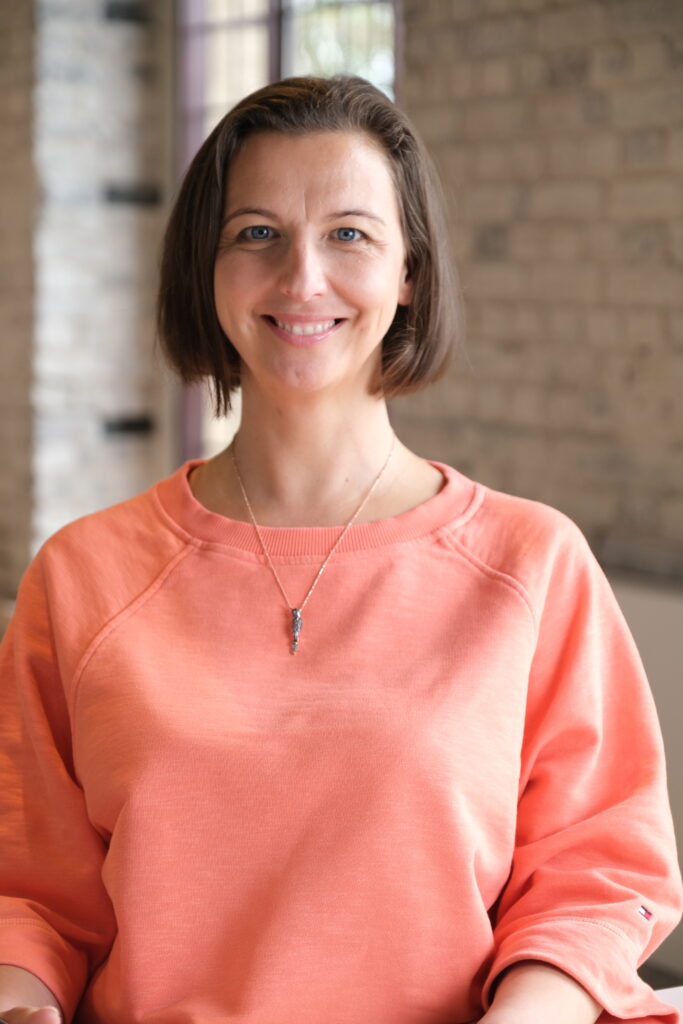
Ella Sokolowska
‘Start Strong, Grow Wise: The Ayurvedic way to Build and sustain a thriving business rooted in purpose, prosperity and inner peace without compromising Your physical and mental health.’
Abstract and About the Speaker:
In today’s fast-moving, often overwhelming world, Ayurvedic professionals are called to do more than heal – they are called to lead, to build and to sustain practices that are both aligned with ancient wisdom and relevant in the modern healthcare landscape.
This session is a guide for both emerging and established practitioners, entrepreneurs and students in building or recalibrating their practise with intention. We will explore how to create or realign a business that is rooted in purpose and prosperity – without compromising your own physical and mental health.
Through a blend of strategic insights, sustainable growth models and Ayurvedic principles of balance, you will uncover practical tools to start strong, grow wisely and reconnect with the deeper “why” behind your work.
Whether you are scaling up, reinventing or just beginning, this is your invitation to grow a practice that truly supports the Healer behind the healing. You will walk away with the confidence to create a thriving practice that supports your mission, nurtures your health and contributes meaningfully to the future of global wellness.
About the Speaker:
Ella Sokolowska, Ayurvedic Business Growth Strategist
Ella is a qualified strategist with a First Class BSc (Hons) in Business Studies, Project and Operations Management and over 20 years of experience leading strategic initiatives for global companies such as Rolls Royce, Boeing and AstraZeneca.
Drawing from her deep expertise in business and her passion for holistic well-being, Ella integrates Ayurvedic wisdom into modern business growth strategies. As the founder of Happy Endeavours, she helps both startups and established businesses in scaling sustainably, without compromising their health, by embracing heart-centred leadership and aligning with their authentic Self.
Ella has developed a unique and integrative approach to business, anchored in Ayurvedic principles while fully aligned with the demands of the modern entrepreneurial world. Her focus is on supporting business owners and entrepreneurs to craft and implement strategies that foster growth, impact and balance while honouring their Prakriti, potential and staying rooted in authenticity and Dharma.
Ella’s development path led her to gain certification in Transformative Coaching and to become an Empowerment Mentor. She offers more than just business strategies – she provides a powerful space for entrepreneurs to reconnect with their inner wisdom, reclaim their personal power and to move beyond limitations of conventional, goal-driven models. Her clients are inspired to lead from the heart, create with clarity and built businesses that are both prosperous and deeply aligned with their Dharma.
Ella continues to deepen her Ayurvedic knowledge under the guidance of her Guruji Dr. Avtar Singh and at an Ayurvedic School in Poland. She runs a thriving business built on authenticity, eternal Truth and a deep commitment to supporting practitioners who seek balance and fulfilment in both their professional and personal lives.
www.happyendeavours.com
hello@happyendeavours.com
Instagram:@Happy Endeavours
Facebook:@Happy Endeavours – Ella Sokolowska
You Tube: @HappyEndeavours
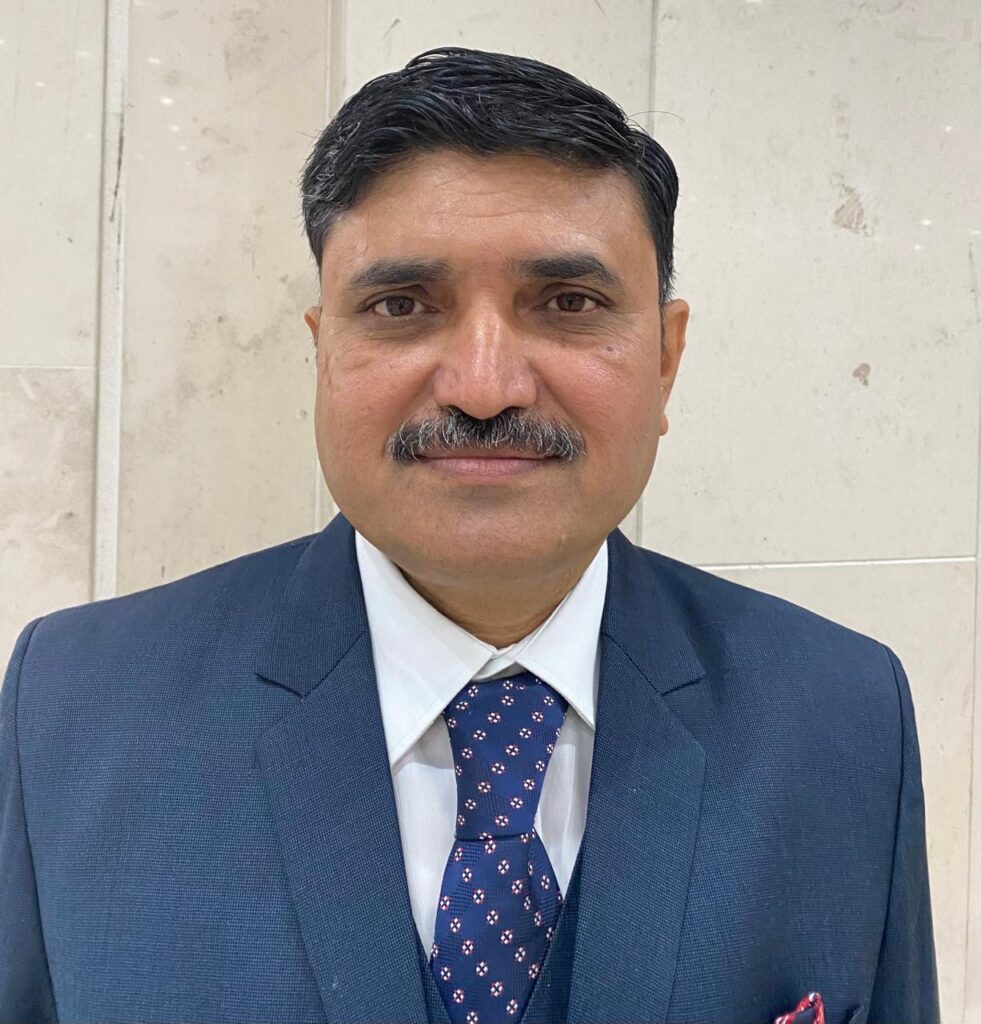
Prof. Dr. SHRINIWAS GUJJARWAR
Ayurveda is science of Life and the concept of Marma Sharir and its clinical importance is mentioned in Ayurveda Samhitas. Marma Sharir refers to the vital points or sensitive areas of the body where vital energy (prana) is believed to be concentrated. These points are considered significant in both preventive and therapeutic aspects ofAyurvedic practice.
There are total 107 Marma points mentioned in the Sushruta Samhita and charak sanhita present in body. Marma places are the point of junction of the Mansa, Sira, Asthi, Dhamni and Sandhi where the Prana situated. Acharyas have classified the Marma places on the basis of location, number, composition, effects of injury etc. Marmas are vital parts of the body. Marma is locating place of prana and energy. Any injuries directly affecting the Marma sthana (sites of Marmas) results to death immediately or later or serious complications. Diseases which are aries from marma sthan are difficult to cure. Acharya Charaka mention that diseases of Trimarma is difficult to treat for example disease of Shira Hridya and Basti and Shira. Therefore the knowledge of Marma is very essential for the surgeon to protect the patient from any harm during the surgery.
Acharya Sushruta mention that “knowledge of Marmas is half of the knowledge of surgery” because knowledge on various
classification, their nature, extent of area, consequence & prognosis of Marma plays an important
role for the doctor particularly during procedure over the Marma area of the body. So surgeon or Vaidya should be known about Marma during diagnosis & treatment the disease.
Marma Sharir continues to be an essential component of Ayurvedic practice. Ayurvedic physicians and practitioners utilize the knowledge of Marma points in
diagnostics, therapeutic interventions, and preventive
healthcare. Techniques such as Marma therapy and Marma Massage focus on the stimulation and manipulation of Marma points for various health
conditions.
Marma points are believed to be
energy centers that regulate the flow of prana (vital
energy) throughout the body. Keeping these points in
balance promotes the harmonious flow of energy, thereby supporting overall health and preventing the accumulation of energetic imbalances that can lead to disease.
Therapeutic applications of Marma Sharir aim to promote a holistic sense of well-being by addressing not only physical ailments but also emotional, mental, and spiritual imbalances.
The diagnostic and therapeutic applications of Marma Sharir provide a comprehensive approach to healthcare
in Ayurveda.
As understanding the energetic principles and vital
energy pathways in Ayurveda is essential for maintaining
optimal health and balance.Because Marma points are
site of prana It recognizes that physical health is intricately linked to the flow and balance of prana and emphasizes practices and therapies that support the
harmonious movement of vital energy. By working with
these energetic principles, Ayurveda aims to restore and
maintain overall well-being at the physical, mental, and
spiritual levels.
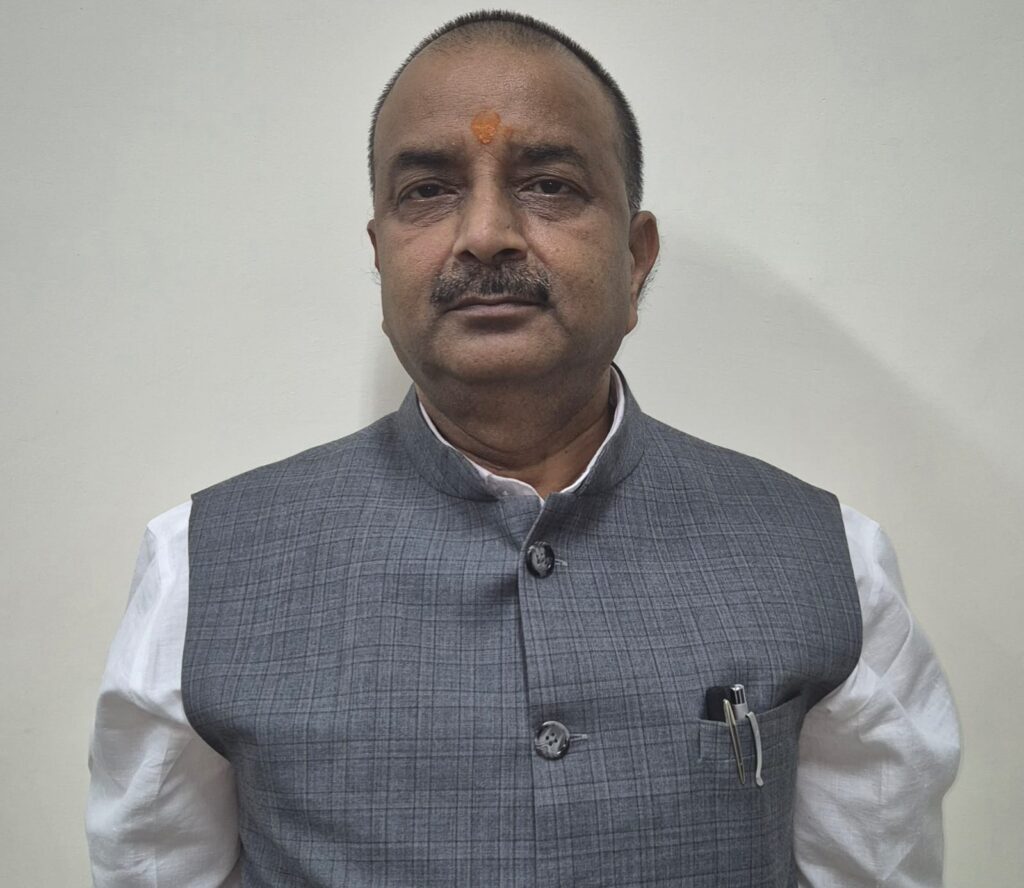
Prof.O.P.Singh
AYURVEDIC APPROACH IN INTERNAL MEDICINE AND PANCHAGAVYA CHIKITSA- RESEARCH AND PATIENT CARE
Prof.O.P.Singh, Dept of Kayachikitsa, FoAy, IMS, BHU.
Panchagavya Chikitsa, an Ayurvedic approach, has shown potential in managing metabolic disorders. This traditional practice utilizes five products derived from cows: milk, ghee, curd, urine, and dung. Research suggests that Panchagavya Chikitsa may help alleviate symptoms of metabolic disorders, such as diabetes, obesity, and dyslipidemia. Panchagavya Chikitsa have the potential in reducing blood glucose levels and improving insulin sensitivity. Panchagavya Chikitsa may aid in weight management by regulating lipid metabolism and enhancing fat burning. The antioxidant and anti-inflammatory properties of Panchagavya Chikitsa may help mitigate cardiovascular risk factors associated with metabolic disorders. Panchagavya Chikitsa influence the gut microbiome, leading to improved metabolic function and reduced inflammation. The bioactive compounds present in Panchagavya Chikitsa help reduce oxidative stress and inflammation, contributing to improved metabolic health. Its holistic approach, addressing physical, mental, and spiritual well-being, may provide a valuable addition to conventional treatments. Further research is warranted to confirm these findings and explore the mechanisms underlying Panchagavya Chikitsa’s therapeutic effects.” Keywords – Panchagavya Chikitsa, antioxidant, cardiovascular, Metabolic disorders.

Dr.MD.Mizanur Rahman
Organ Body Weight Ratio Toxicity Studies of “Sarivadyasav” After Chronic Administration to Female Sprague-Dawley Rats
Authors: Md. Afaz Uddin¹, Maria Mulla Mim¹, Anannya Hajong¹, Md. Masum Ahmmed¹,
Md. Mizanur Rahman², Md. Babul Akter²*, and MSK Choudhuri¹
¹Department of Pharmacy, Jahangirnagar University, Savar-1342, Dhaka, Bangladesh.
²Department of Ayurvedic Medicine, Hamdard University Bangladesh, Dhaka, Bangladesh.
*Corresponding Author: dbakter@hamdarduniversity.edu.bd
Background and Objective:
Sarivadyasav (SRB) is an Ayurvedic preparation traditionally used for treating various dermatological diseases among rural populations. This study aimed to investigate the toxicological characteristics of SRB to better understand its safety profile.
Method:
Female Sprague-Dawley rats were chronically administered SRB at a dose of 40 ml/kg daily for 35 days. The study assessed:
(i) Effect on growth,
(ii) Absolute weight of organs post-sacrifice,
(iii) Relative organ weight ratio,
(iv) Water content of different tissues.
Results and Conclusion:
Throughout the experimental period, SRB-treated animals consistently showed a decrease in body weight; however, it was not statistically significant. On Day 35, a noticeable (but not significant) 9.41% body weight loss was observed (p=0.102).
A statistically very highly significant (p=0.001) 33.01% decrease was observed in the absolute weight of the female rat heart.
Similarly, a statistically very highly significant (p=0.001) 26.69% decrease was recorded in the relative percent weight of the heart.
A statistically significant (p=0.011) 7.54% decrease was observed in the heart’s water content.
The lung tissue showed a 15.13% decrease in water content, which was noticeable but not statistically significant (p=0.060).
The liver exhibited a noticeable increase in absolute and relative weight, whereas the liver’s water content decreased.
A statistically significant (p=0.014) 17.99% decrease in the absolute weight of the kidney was recorded.
A statistically highly significant (p=0.006) 27.01% decrease was observed in the absolute weight of the spleen.
A statistically significant (p=0.026) 19.49% decrease in the relative percent weight of the spleen was noted.
The thymus showed a statistically highly significant (p=0.008) 34.88% decrease in absolute weight, and a statistically significant (p=0.026) 27.57% decrease in relative percent weight.
A noticeable decrease was observed in both the absolute and relative weights of the ovary.
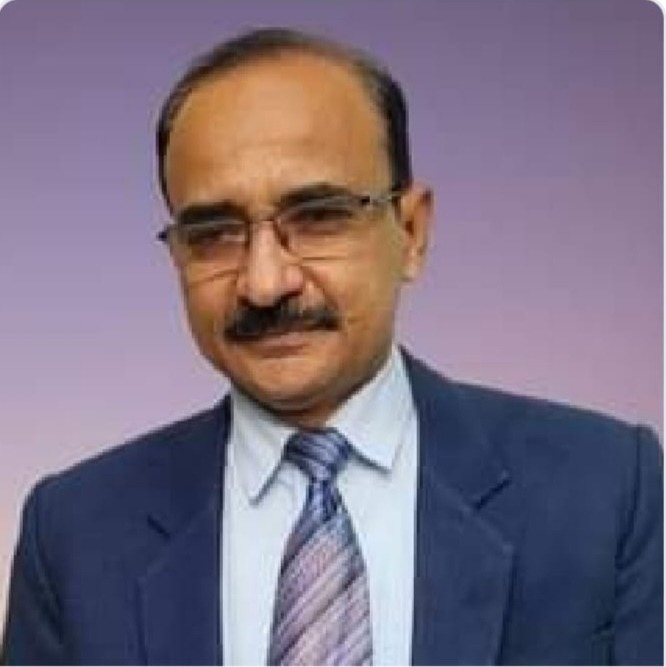
Dr. Rakesh Kumar Sharma
Stress Management in Ayurveda
Abstract:
Stress is the leading problem worldwide in the current era. According to Statista (a German online platform for data gathering and visualization), as of August 2024, 31% of adults surveyed worldwide thought stress was the biggest health problem in their country. A research study published in 2023 in BMC Medical Education states that approximately 284 million people worldwide suffer from an anxiety disorder.
Nowadays, everyone aspires to live a life filled with desires and ambitions. This increases workloads, targeted pressures, embarrassments, and more, eventually leading to stress, inferiority complexes, and depression. These may cause stress-related abnormalities like hypertension, irritable bowel syndrome, and behavioral disorders such as conduct disorder and attention-deficit hyperactivity disorder (ADHD).
The human body is a psycho-somatic system and functions throughout life according to this mechanism. A stressed individual requires special care, as stress can harm both physical and mental health. A stressed person may cause harm to themselves as well as their family members, leading to marital issues, irritability, abusive behavior, and anxieties related to interpersonal, social, or behavioral events.
Ayurveda, the science of life, provides valuable tools for leading a healthy and prosperous life. In Ayurveda, the concepts of Dincharya (daily lifestyle), Ritucharya (seasonal lifestyle), and Sadachara (Sadvritta or ideal conduct) are highly effective in managing stress and related disorders. Ayurveda also emphasizes Satvavajaya Chikitsa (psychotherapy) for managing such patients.
Several herbal formulations are prescribed in Ayurveda for stress-related disorders. Procedures like Shirodhara are highly beneficial for stress relief. In addition, Marma therapy is gaining recognition as a powerful stress-relieving technique. It involves stimulating specific vital points (Marmas) to activate Pranic energy — offering healing without medicines.
Thus, stress management through Ayurveda, based on these approaches, will be discussed in detail during the Conference.
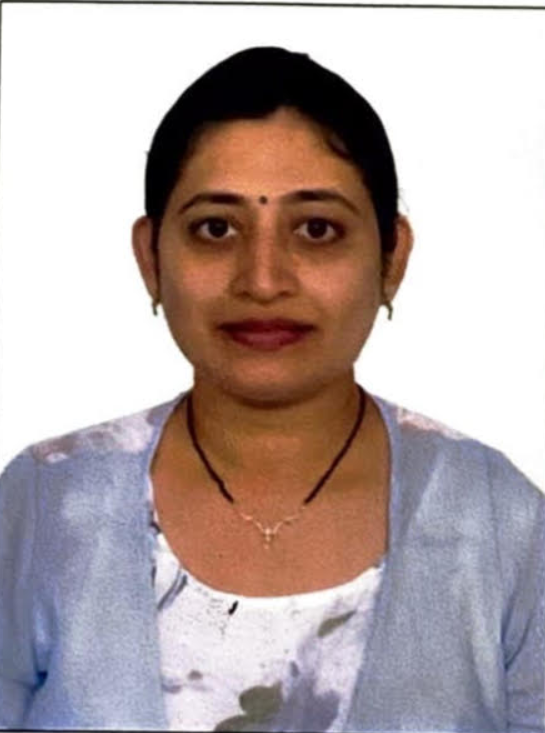
Dr Shruti Kotkar
AYURVEDIC MANAGEMENT OF DIABETIC WOUND (MEDHUMEHAJANYA VRAN) : A CASE STUDY
—DR SHRUTI KOTKAR
ABSTRACT
Diabetes stands as one of the most prevalent diseases globally, and diabetic patients are at risk of developing foot ulcers as a vascular complication. These ulcers stem from diabetic neuropathy leading to ischemia , resulting in inflammation and ulceration. If left untreated, these ulcers can become infected, spreading to the underlying tissues thus causing gangrene which leads to amputation in most cases. In Ayurveda, such ulcers are termed as Madhumehajanya Vrana.
A 65-year-old male patient presented with a non-healing wound on the dorsal aspect of his right foot extending between 3rd and 4th toe till its base from 5 months, associated with foul-smelling pus discharge from 1 month. He had a known history of diabetes mellitus for 4 years. The ulcer measured 5cm x 3cm x 1cm. Local cleaning by Triphala Kwatha has shown Vrana Shodhan properties (wound cleansing helps remove debris) which augmented the healing process while Jatyadi Taila application enhanced Vrana Ropan (tissue regeneration and restoring the skin’s natural healing abilities). Internal Ayurveda medication like Arogyavardhini vati , Rasamanikya, gandhak rasayan , herbal medicines yog with pathya-apathya (prescribed diet and regimen) pacified vitiated doshas and enhanced tissue rejuvenation and repair by their pharmacological properties. The anti-inflammatory properties promote fresh blood supply and fosters wound healing by forming healthy granulation tissue. Complete wound healing was achieved in 4 months. Thus amputation was avoided.
Keywords: Diabetic foot ulcer, dusht vran, wound healing
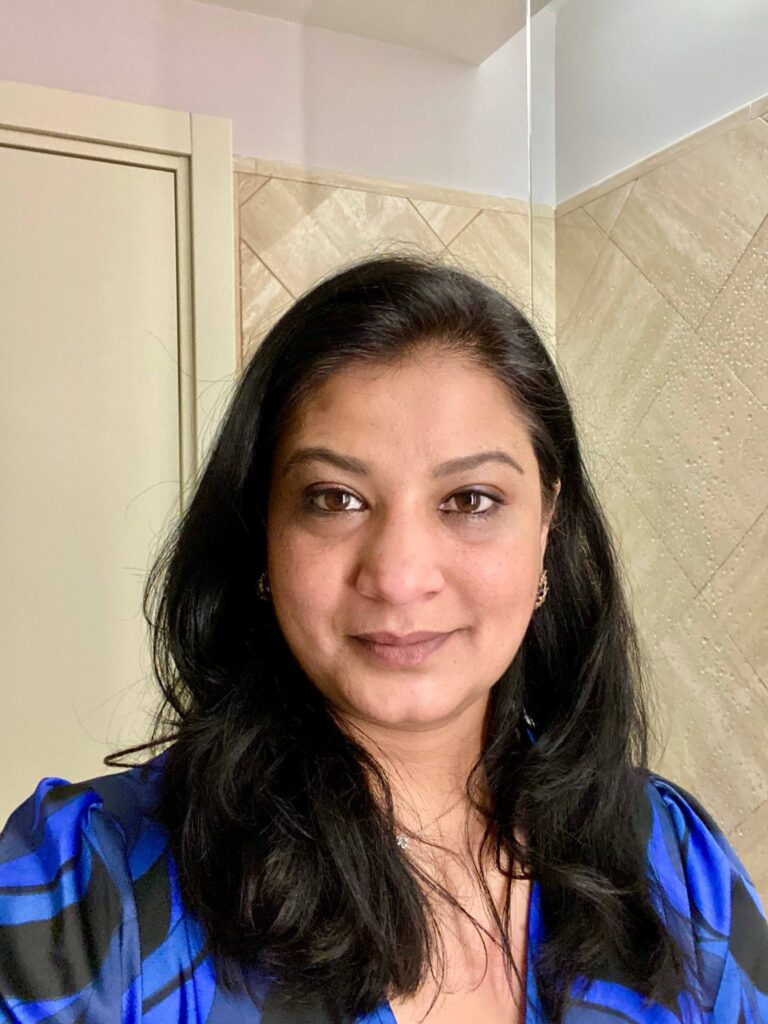
Dr.Kanchan Sharma
Mind-Body Medicine: Integrating Ayurvedic Psychology in Mental Health Care
Abstract
Mental health disorders such as anxiety, depression, and stress-related conditions are increasing worldwide, with current therapeutic models often emphasising pharmacological and cognitive interventions. Ayurveda, the traditional system of medicine from India, offers a holistic approach to mental well-being that integrates the mind, body, and spirit.
This presentation explores the foundational principles of Ayurvedic psychology (Manas Shastra), its classification of mental states, the role of Doshas and Gunas in psychological balance, and its relevance in contemporary mind-body medicine. Through this integration, we propose a comprehensive mental health care framework that is personalised and preventive, supported by growing scientific and clinical interest.

Dr.Namadhar Sharma MD
Abstract Ayurveda stands as an ancient and revered traditional system of medicine that holds the potential to enrich the discovery of herbal drugs. Ayurveda referred to as the “Knowledge of Life”. The fusion of knowledge from various traditional medicinal systems can pave the way for significant advancements in this field. The Integration of Ayurveda for futuristic global health care can revolutionize the way we approach wellness. Ayurveda holistic principle focusing on prevention, natural remedies could complement modern healthcare‘s emphasis on technology and pharmaceuticals. Integration of Ayurveda offers the opportunity to create a more inclusive, sustainable, and personalized approach to health. By combining traditional wisdom with cutting-edge science, the future of healthcare could focus more on prevention, holistic treatment, and sustainability addressing the root causes of illness rather than merely treating symptoms.Brochure and Schedule
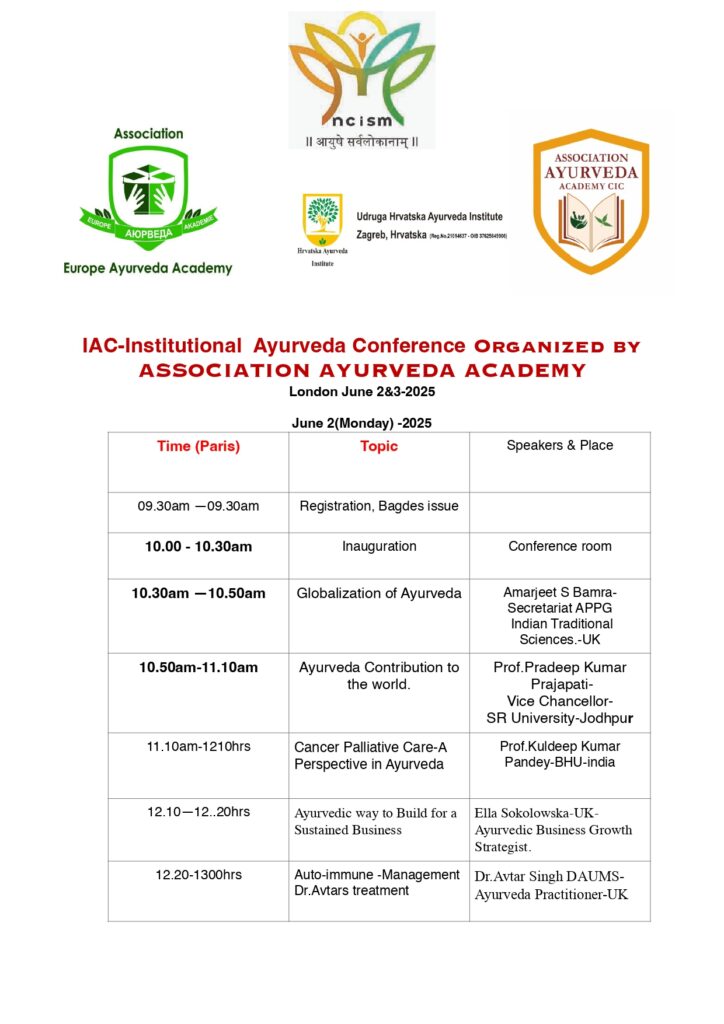
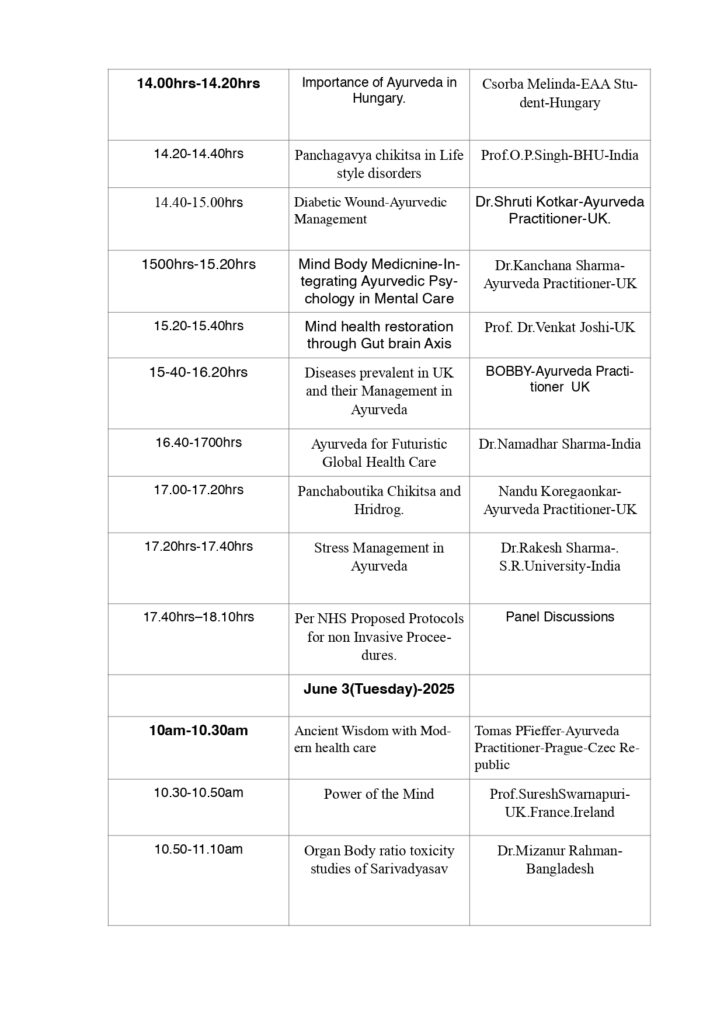
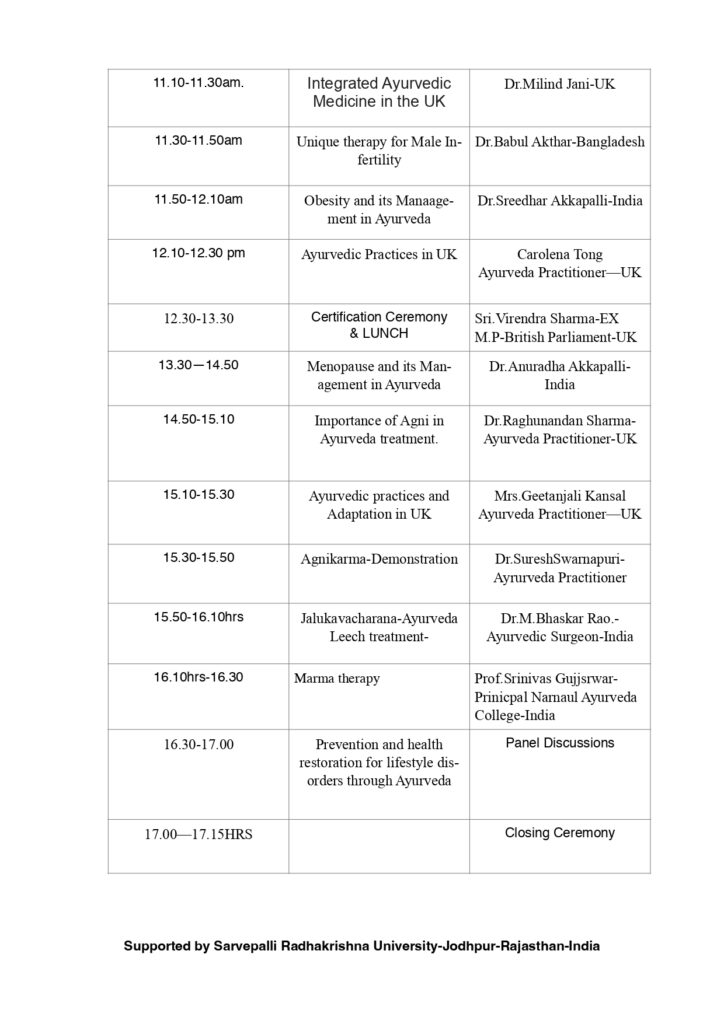
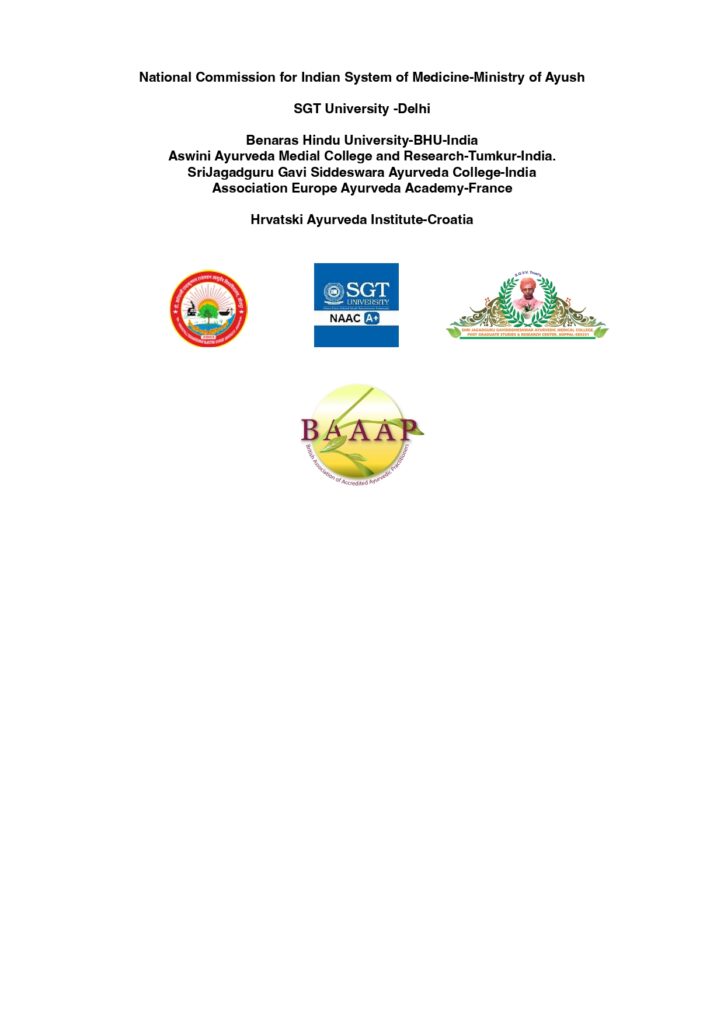
Event Main
- Start Date02/06/2025
- Start Time09:30 am
- End Date03/06/2025
- End Time06:00 pm
- Location Mahalaxmi vidyamandir
Honor oak park
London SE233LE

